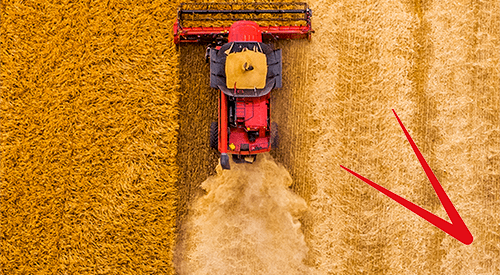The Scottish Government has plans to increase the number of hectares of woodland to 15,000 per year by 2025.
Investment in forestry in relation to succession planning
Commercially managed woodland
The tax benefits come from investing in “commercially managed woodlands”. Although this is a recurring phrase in the tax legislation, it is not in fact defined. We have come to expect “commercially managed” to mean actively managed, preferably by a qualified forester, with other important evidence being found through a management plan and cash flow forecast being in place. The direct tax benefits of holding forestry come from the fact that any income from felling and selling the timber is not subject to tax, and indeed if the forest itself is sold, the value derived from the standing timber is also specifically exempt from tax. Only if the underlying land has risen in value is there likely to be a gain on disposal, and there are ways to reduce any exposure to capital gains tax on this, such as the use of losses and the annual exemption and the availability of rollover relief.
So, the direct tax benefits of holding forestry are attractive, but it doesn’t end there.
Many investors consider forestry as an integral part of longer term inheritance tax planning. This is due to the fact that holding commercially managed woodland currently qualifies for Business Property Relief (BPR) for inheritance tax purposes. As part of a planning strategy, forestry offers a shelter from inheritance tax after it has been held for a period of two years. However, if forestry is purchased following a disposal of an asset that already qualified for BPR, for example shares in a trading company, the forest immediately qualifies for BPR without the need for it to be held for 2 years. This can be particularly valuable as in this case the cash derived from the sale of the shares no longer qualifies for BPR, potentially exposing this to inheritance tax at 40% on the death of the individual. Investing in forestry would ensure the relief is preserved.
Although, as mentioned, forestry is a relatively illiquid asset, the beneficiaries of the individual’s Estate will in the fullness of time inherit the whole of the value of the forest, rather than the value less 40% inheritance tax. For the beneficiaries of the Estate to be worse off as a result of investing in forestry, the value of the forest would have to fall by at least 40%, and figures over the past few years have shown a clear upward trend in values rather than a downward one. In addition, at the time the forest is inherited the value of the land is also uplifted to market value, wiping out any capital gain.
In July 2019, the Office of Tax Simplification (OTS) published a report containing a number of recommendations to simplify inheritance tax. One of these related to the tests for BPR which could result in a much higher “business” hurdle, more along the lines of other capital taxes reliefs such as Entrepreneurs’ Relief. Another related to the possibility of removing the capital gains tax free uplift to the date of death value where an asset passed under any inheritance tax exemption. This would include transfers between spouses which are specifically exempt from inheritance tax and transfers where BPR was available. Both of these would considerably change the nature of the tax benefits attaching to forestry investments, but for now it is very much business as usual. Forestry will continue to benefit from useful tax reliefs and these should be explored when succession planning is being considered.
Author
Morag Watson, Partner – Scott-Moncrieff part of Baldwins Group
0131 473 3500
morag.watson@scott-moncrieff.com
March 2020
The views expressed are the author’s and not ICAEW’s.


